Content by Connie Strunk
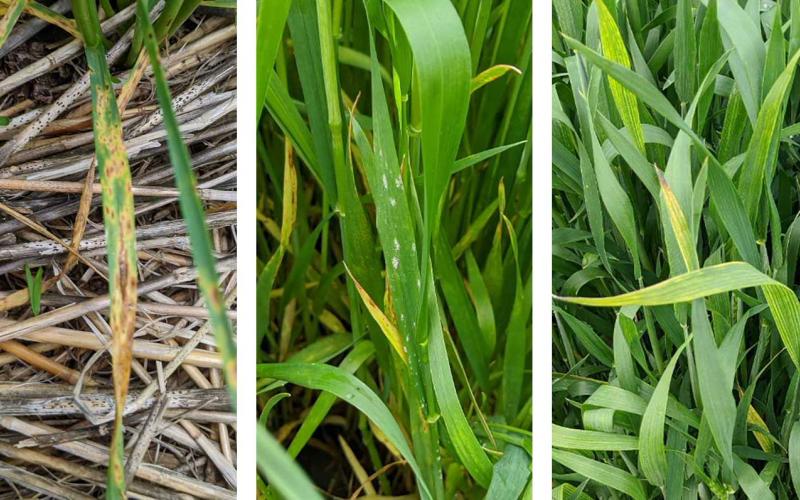
Winter Wheat Diseases Update: Fungal Diseases and Barley Yellow Dwarf Developing
Tan spot and powdery mildew as well as barley yellow dwarf were found developing at low levels in winter wheat fields scouted the week of May 24, 2020.
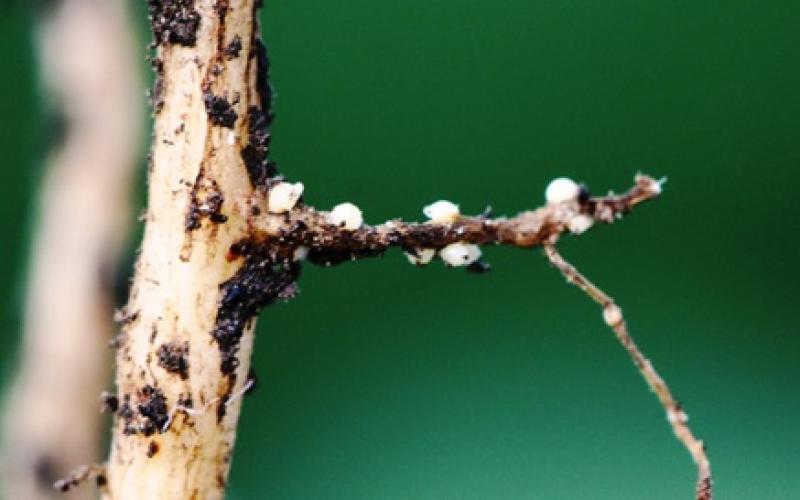
Soybean Cyst Nematode in South Dakota: History, Biology, and Management
Factsheet about Soybean Cyst Nematode history, biology and management in South Dakota
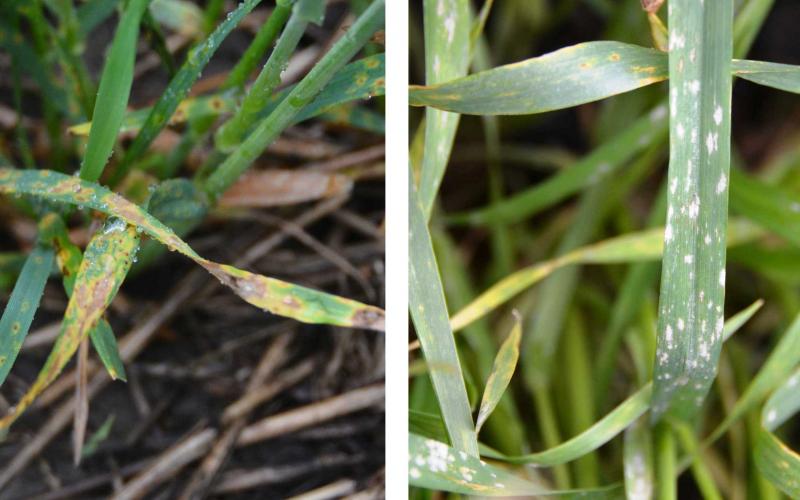
Does Early Fungicide at Tillering Result in a Profitable Yield?
Tan spot and powdery mildew pathogens are two residue-borne pathogens that can infect wheat early in the season. These diseases can lead to poor tillering, and their continued development can lead to yield loss.
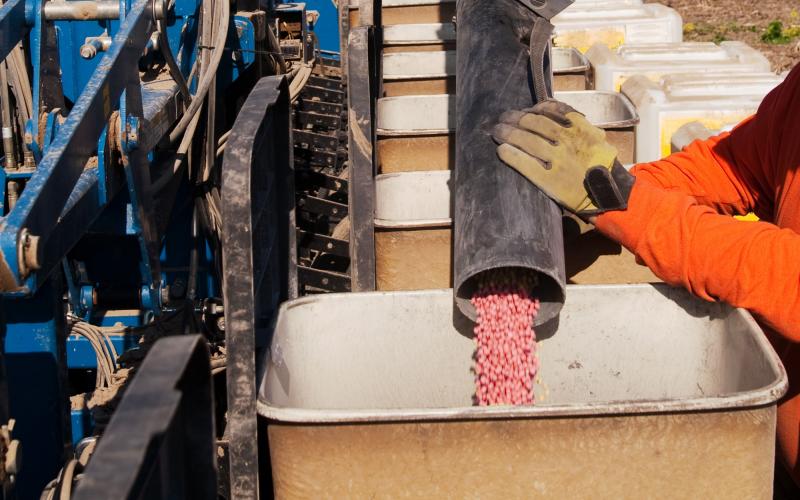
Pre-Plant Disease Management Considerations
If the forecast holds true, it looks like it is going to be another year of excessive soil moisture and possible flooding come this spring. The increased level of soil moisture has implications with regards to plant stand establishment as well as root rot and nematode infestations.
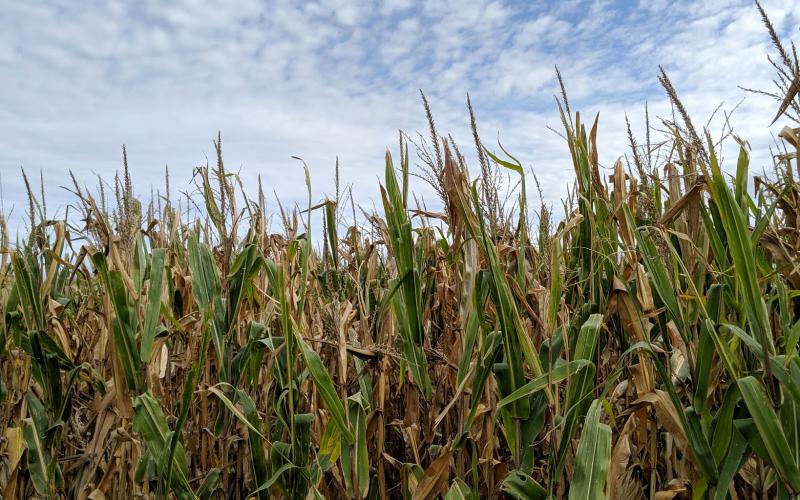
Assess for Corn Stalk Rots
Several corn fields are beginning to show stalk rot and top dieback symptoms. Stalk rots cause the entire plant to die prematurely, which can lead to plants lodging under windy conditions making harvesting problematic.
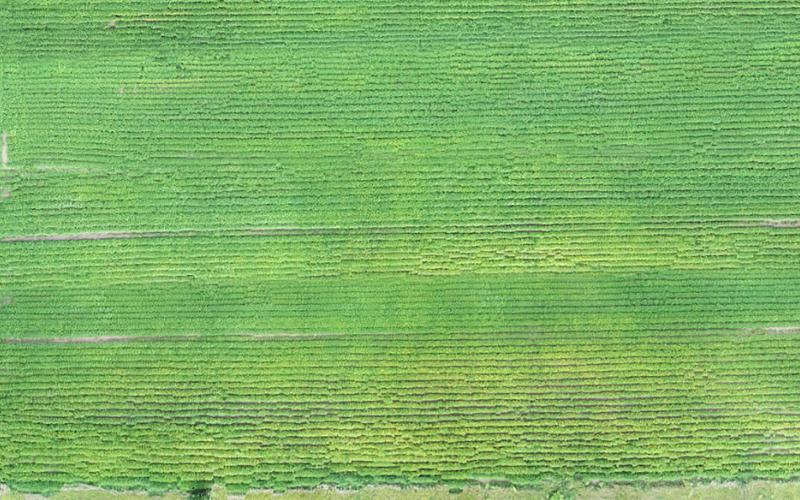
Early Yellowing in a Soybean Field May Indicate Presence of the Soybean Cyst Nematode
Some portions of soybean fields may show clusters of plants yellowing while the rest of the field is still green. One of the factors that could lead to soybean plants showing early yellowing in clusters is soybean cyst nematode (SCN).
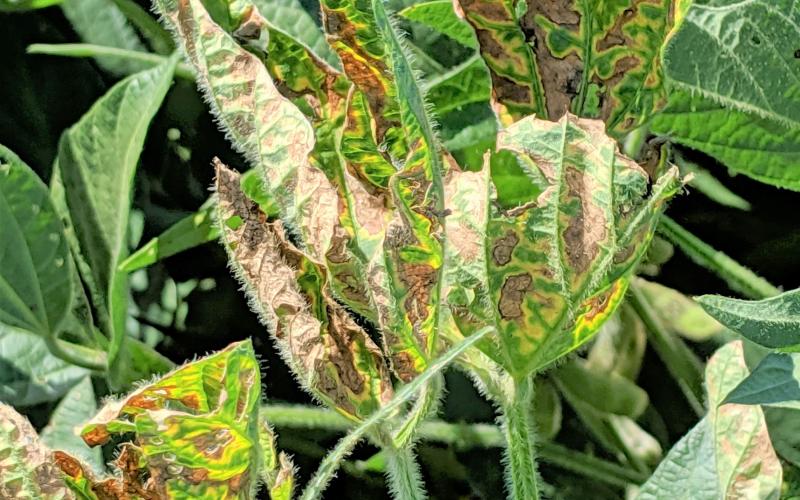
Sudden Death Syndrome Starting to Develop in Soybeans
Sudden death syndrome of soybean is starting to develop in soybean fields in South Dakota. Fields currently being found with sudden death syndrome have symptomatic plants scattered within the field, but continued disease development may lead to larger clusters of infected plants.
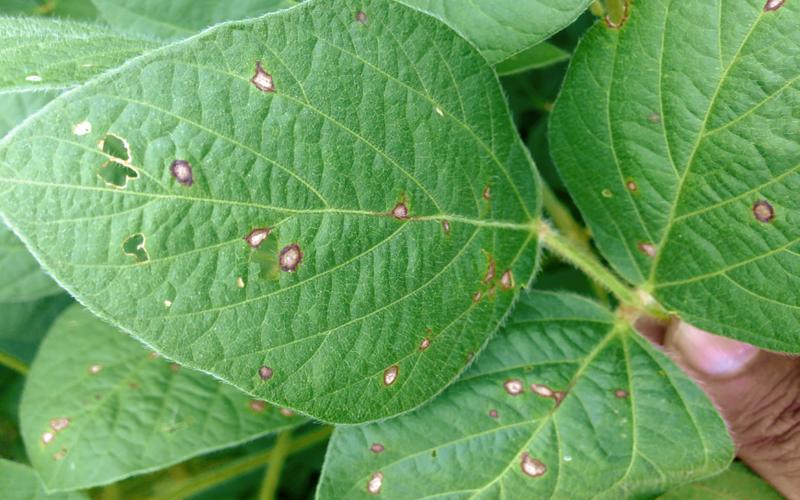
Frogeye Leaf Spot Developing in Soybeans
Frogeye leaf spot, also known as Cercospora leaf spot, was found in several soybean fields scouted the week of August 19, 2019. Frogeye leaf spot is characterized by irregular to circular lesions, which are tan-to-gray in color with reddish-purplish borders.
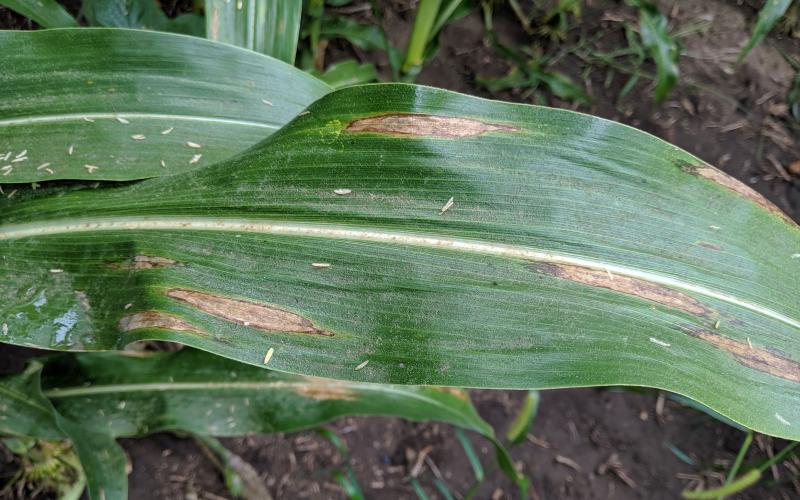
Northern Corn Leaf Blight Developing in Corn
Northern corn leaf blight was found in a few corn fields scouted recently. The disease was found at very low severity, except occasionally when an individual plant was found with several lesions on one leaf.
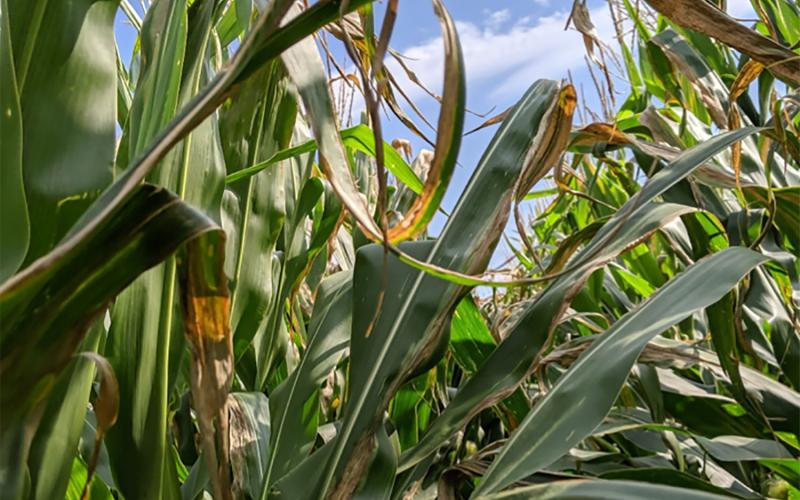
Goss’s Bacterial Blight Beginning to Show Up in Corn
Goss’s bacterial blight was found in a few corn fields scouted the week of August 5, 2019. The severity ranged from low to moderate, where at least 25 percent of the leaf area was killed by the bacteria infection on several plants. The disease is characterized by long, tan-gray lesions with wavy margins found in the center of the leaf or along the edges of the corn leaf blade.